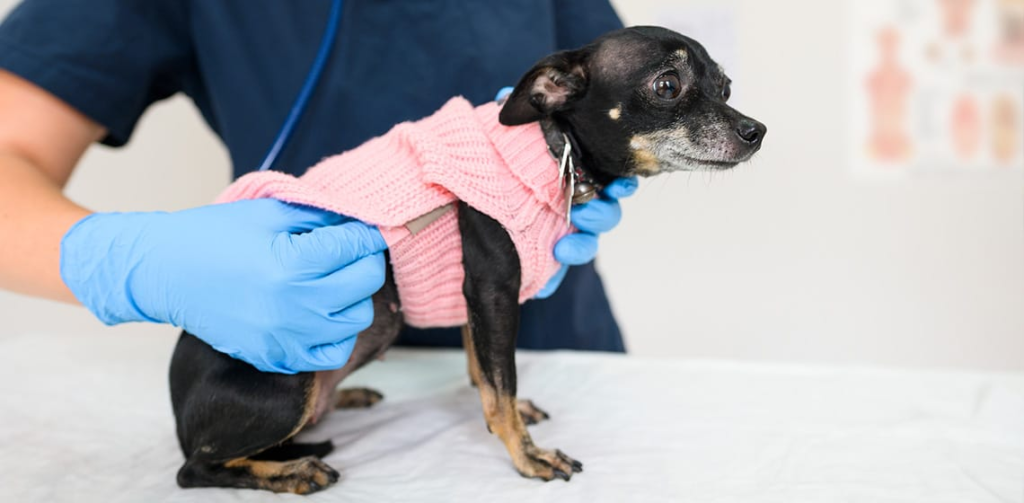
Understanding the anatomy of your female dog is essential for maintaining her overall health and well-being. From reproductive structures to urinary and mammary systems, a basic knowledge of female dog anatomy enables pet owners to identify potential issues, provide appropriate care, and communicate effectively with veterinarians. In this article, we will explore the key components of female dog anatomy, including reproductive organs, urinary system, and mammary glands, helping you gain a better understanding of your furry friend’s unique physiology.
Reproductive Organs: Female dogs have a complex reproductive system, consisting of various organs that play a crucial role in their reproductive health. Key components include:
a. Ovaries: Located in the abdominal cavity, the ovaries produce and release eggs (ova) during the estrus (heat) cycle.
b. Oviducts (Fallopian Tubes): These slender tubes connect the ovaries to the uterus and transport the eggs from the ovaries to the uterus.
c. Uterus: The uterus, also known as the womb, is a hollow, muscular organ where fertilized eggs implant and develop into puppies during pregnancy.
d. Cervix: The cervix is the narrow passage that connects the uterus to the vaginal canal. During pregnancy, the cervix remains tightly closed to protect the developing puppies.
e. Vagina: The vagina is the canal that connects the cervix to the outside of the body. It serves as the passage for mating and the delivery of puppies during whelping.
Urinary System: The urinary system is responsible for eliminating waste products from the body and maintaining proper hydration. Key components of the female dog’s urinary system include:
a. Kidneys: The kidneys filter waste products from the blood, regulate fluid and electrolyte balance, and produce urine.
b. Ureters: These slender tubes connect the kidneys to the urinary bladder, allowing the flow of urine from the kidneys to the bladder.
c. Urinary Bladder: The bladder is a muscular sac that stores urine until it is eliminated through the urethra.d. Urethra: The urethra is a tube that connects the urinary bladder to the outside of the body. It serves as the passage for urine to exit the body.
Mammary Glands: Mammary glands are an important part of female dog anatomy, as they play a vital role in lactation and nursing of puppies. The mammary glands are composed of multiple pairs of teats, or nipples, located along the lower abdomen on both sides of the dog. During pregnancy and after giving birth, the mammary glands undergo changes to produce milk for the nourishment of the puppies.
Health Considerations: Understanding female dog anatomy can help pet owners recognize potential health issues and seek appropriate veterinary care. Here are some important considerations:
a. Estrus Cycle: Female dogs go through an estrus cycle, commonly referred to as being “in heat.” Recognizing the signs of heat, including changes in behavior, swelling of the vulva, and discharge, is crucial for managing their reproductive health.
b. Pregnancy and Whelping: If you plan to breed your dog, understanding her reproductive anatomy is essential for managing her pregnancy and ensuring a safe whelping process. Consult with your veterinarian for guidance on prenatal care, monitoring, and whelping assistance, if needed.
c. Mammary Health: Regularly check your female dog’s mammary glands for any abnormalities, such as lumps, redness, or swelling. If you notice any changes, consult your veterinarian for a thorough examination to rule out potential health concerns.
d. Spaying: Spaying, or ovariohysterectomy, is a surgical procedure to remove the reproductive organs of female dogs. It is a common practice for preventing unwanted pregnancies and reducing the risk of certain reproductive-related health issues.
A basic understanding of female dog anatomy is valuable for pet owners, as it allows for better communication with veterinarians, promotes awareness of potential health issues, and supports the overall well-being of your furry companion. By familiarizing yourself with the reproductive organs, urinary system, and mammary glands of your female dog, you can provide appropriate care, recognize signs of potential health concerns, and ensure a happy and healthy life for your beloved pet. Remember to consult with your veterinarian for personalized advice and guidance on maintaining your female dog’s reproductive health.